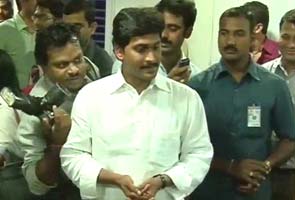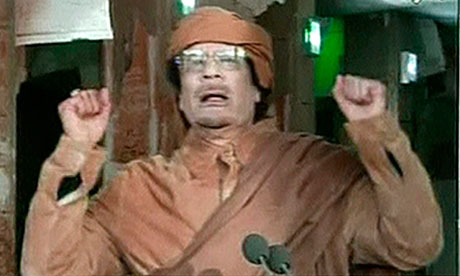Here is a timeline on the problems which have cropped up in the tournament so far.
January 27 - Eden Gardens is stripped of its only match involving the host nation (India v England on Feb 27) because the International Cricket Council do not feel it will be ready in time after undergoing a construction facelift.
February 18 - Mumbai's Wankhede Stadium is given a scare ahead of its preparation to stage the April 2 World Cup final, when the city's top fire chief says "the renovated stadium has many loopholes in its fire safety mechanism" and refuses to approve it.
-- Organizers hastily fix the problems and it is declared safe days later.
February 21 - KyaZoonga -- the official website selling World Cup tickets -- crashes before the...


 5:28 AM
5:28 AM
 sha
sha

 Posted in:
Posted in: 





